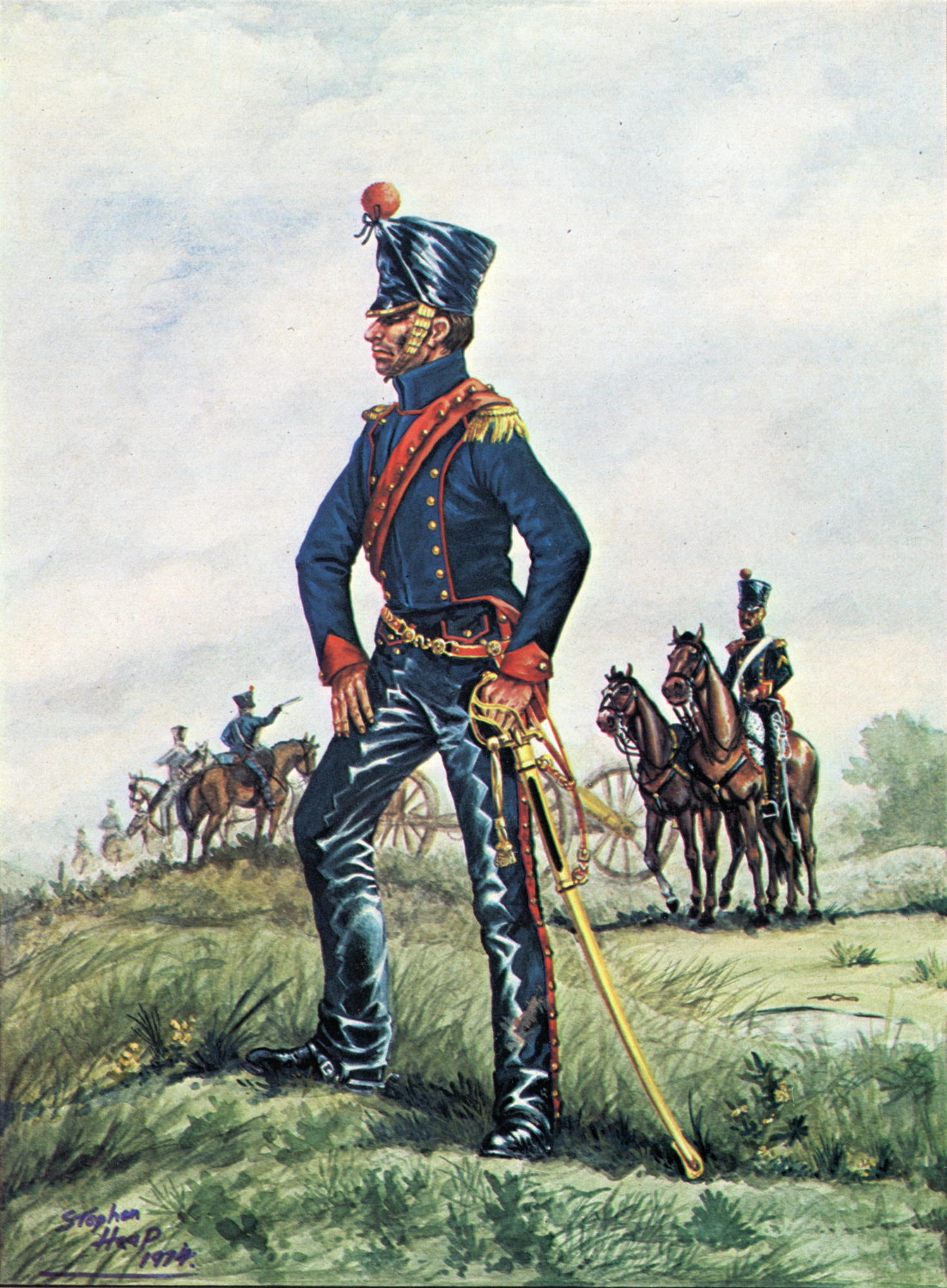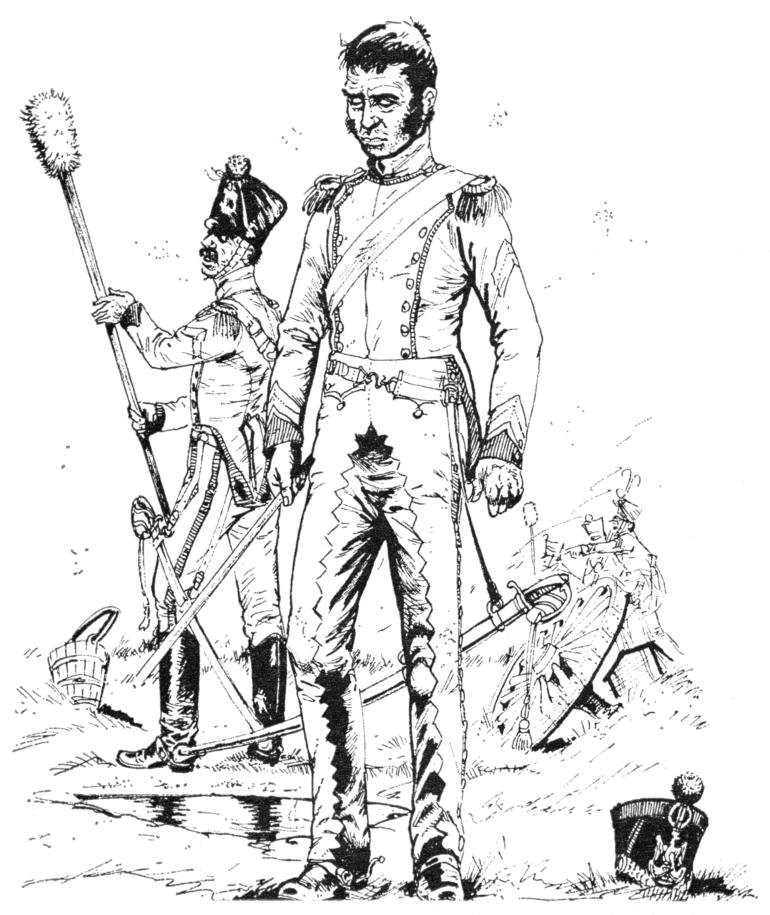
Create an Amazon Business Account
Napoleonic Artillery Uniforms
Military Modelling, August 1975
No. 1
FRENCH HORSE ARTILLERY OF THE LINE
By Stephen Heap



 |
| The line drawings show a corporal in campaign dress, while a gunner, also in campaign dress, can be seen in the background. |